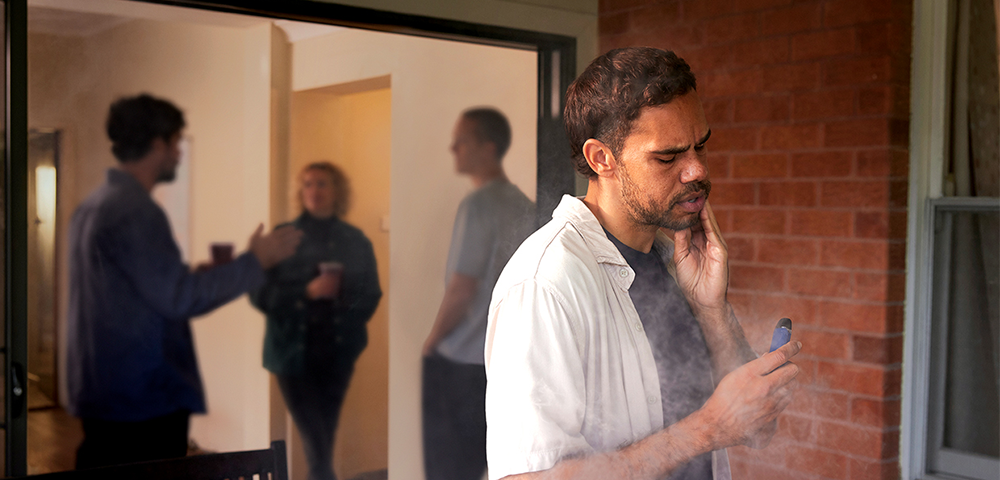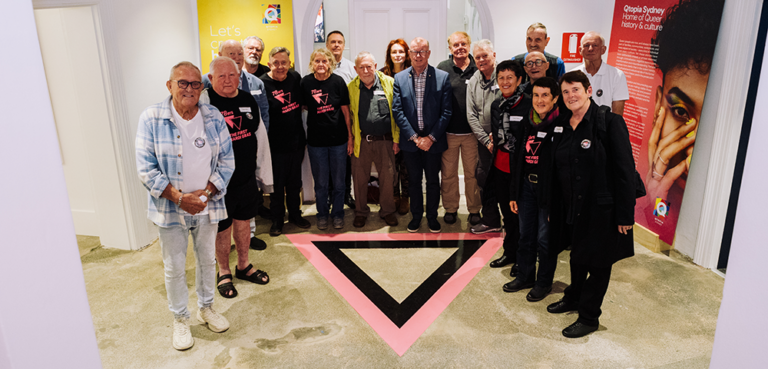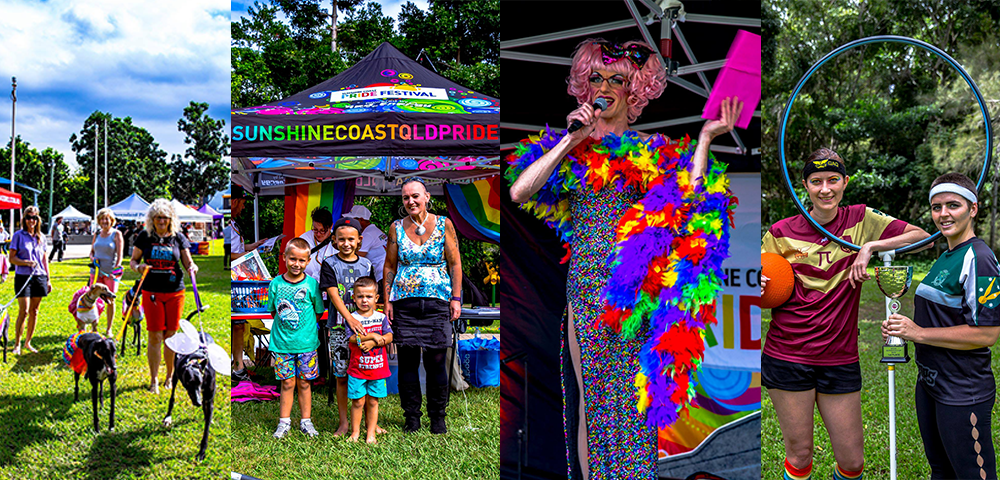
Join The Thousands of People Giving Up Vaping For Good

As vaping has become more and more common, many people have been led to believe vaping is safer than smoking – but there’s no such thing as safe vaping. In fact, vaping can have serious, negative effects on our physical and mental health.
A lot of people think the emissions from e-cigarettes are ‘vapour’ or ‘steam’ – it’s not. The ‘cloud’ or aerosol that is inhaled and exhaled while vaping is a mix of gases and tiny droplets of chemicals. When you vape, this fine spray of chemicals enters your body via your lungs, where the small particles can get lodged.
As most of us know from years of watching anti-smoking ads, nicotine is highly addictive and really bad for us. As well as impacting our health and wellbeing, this toxic drug can negatively affect our attention span, learning and memory, and cause drastic changes to our mood.
Vapes can contain over 200 different chemicals that can be harmful to us. The dangerous substances in vapes can also include a number of known cancer-causing agents, such as: formaldehyde (the stuff they use to preserve corpses in funeral homes), acetone (you’ll find that as a major ingredient in most nail polish remover), propylene glycol (the solvent that’s used in smoke machines), as well as antifreeze, heavy metals like nickel and lead, and much more.
Despite the common misconception that vaping is safer than smoking cigarettes, the known health risks associated with vaping are extensive. They include: respiratory problems and permanent lung damage, persistent coughing, nausea and vomiting, irritation of the mouth and airways, and nicotine dependence. Not to mention poisoning and seizures from inhaling too much nicotine or ingestion of e-liquid, or burns and other injuries from vapes overheating or exploding.

The LGBTQI+ community is heavily affected by this – dating back decades, the rates of smoking cigarettes and nicotine dependence have always been far higher than heterosexual, cisgender folk. Now, e-cigarettes and vapes are no different – the rates of vape use in the LGBTQI+ community is more than twice as high as the general population.
International studies note that our community begin smoking at an earlier age, smoke more frequently, and have higher exposure to nicotine products in the LGBTQI+ nightlife scene. There’s even documentation of the tobacco industry historically targeting the LGBTQI+ community through marketing.
But experiencing a lifetime of harassment, discrimination and anti-LGBTQI+ rhetoric is, of course, an immense and enduring stressor, and many studies attribute this as a significant reason behind why LGBTQI+ community has higher rates of using alcohol, drugs, and cigarettes and vapes.
But in addition to harming our physical health, vaping and nicotine addiction can have serious negative effects on our mental health, and may even make mental health conditions like anxiety and depression worse. So putting down the vapes and cigs is beneficial for our mental health as well as physical health, and seeing as rates of mental health difficulties and mental health conditions are also higher in our community – it’s important we do everything we can to take care of our mental health.
If you want to quit vaping, there are culturally safe support services for the LGBTQI+ community that can help you give up, and say goodbye to vapes and nicotine dependence for good.
The Australian Government’s new ‘Give Up For Good’ campaign encourages Australians to give up cigarettes and vapes for good and take advantage of newly expanded quit support services.
There are a variety of support methods you can access and try out, to see what works best for you and your quitting journey. You can contact support services like Quitline, where professional counsellors offer personalised support, or take a look at Quit.org.au to find information on different methods you could try, or what your experience might look like.
Or you could try out the new and improved My QuitBuddy app, which can help you create goals, track your progress, and choose from a range of distractions to get through cravings – so you can join the thousands of people who have become nicotine-free and vape-free.

And if you are having a difficult time, the best thing to do is speak with a GP or trusted health professional, and they will be able to guide you through steps to manage nicotine withdrawal and quitting vaping.
Remember, everyone’s quitting journey is different and for some people, it can take more than one, or several attempts to kick nicotine dependence for good.
You can learn something from every quit attempt, and each time will bring you one step closer to a life free from nicotine. Whether it’s your first shot at giving up or you’ve tried to quit in the past, it’s important to remember that it is never too late to try again, and there are lots of free support services and tools to help you do it.
With the right support you can give up for good.
Sponsored by the Department of Health and Aged Care









